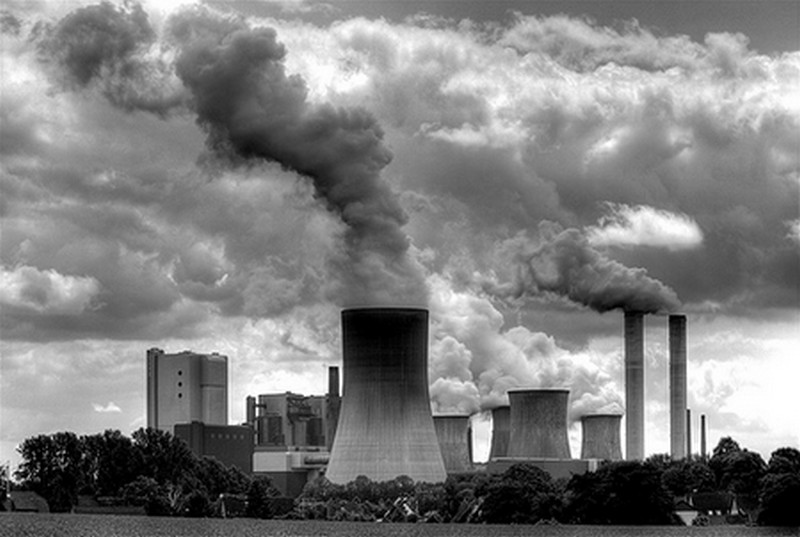WHAT IS GFRP rebar ?
All you have to know about GFRP Rebar
Glass Fiber Composite Rebar (GFRP) is a modern construction material and GFRP rebar has become widely popular in many parts of the world and used in many applications.
The increasing popularity of GFRP is due to the fact that the glass fiber rebar has many advantages compared to traditional steel rebar.
The use of steel rebar in construction is expensive – both in time, money and efforts due to the weight of the steel.
In addition, steel is prone to corrosion, which could eventually lead to premature failure of the concrete structures.
In turn, the use of fiberglass rebar – 7 times lighter than steel and corrosion resistant even in salty environments – has proven advantageous both economically as well as practically in many fields of application.
GFRP rebar is produced by fusing strands of fiberglass strands with epoxy resins by heating them in an oven using pulltrusion technology. After the heating process, the finished rebar is cooled and cut into desired lengths according to customers’ request.
GFRP rebar up to 8mm can be delivered in rolls of 100m and rebar in GFRP at 10 or 12 mm in rolls of 50 m – or in any length required by customers.
GFRP rebar with diameters greater than 12mm can be delivered in any length according to each customer’s individual requirements, but not in rolls.
Advantages of GFRP rebar !
Economical
Benefit from minimum 10% economy compared to when using steel rebar for your construction.
Zero Corrosion
GFRP rebar do not rust or corrode if exposed to salty or other corrosive substances. It is water-resistant and does not cause cracking or blow up of concrete due to rusting rebars.
No welding
Composite reinforcement can be attached by steel knit wire, plastic wire slips or pre-made plastic fixings.
Any length required.
Any length of rebar can be provided on request – this is unlike steel where only 6 or 12 meter lengths is offered - the use of rebar cut to required length from the factory will eliminate off cuts and waste.
Low weight
Using GFRP rebar reduces cost of transportation and handling operations up to 4 – 5 times due to it low weight (2 g/ mm3) compared to steel and it facilities an easier execution of the works on the construction site needing less manpower and less mechanical lifting.
Durability
GFRP rebar has a lifespan of minimum 80 years compared to steel rebar's lifespan of 35 – 40 years.
Thermal conductivity
GFRP rebar has 100 times lower thermal conductivity than that of steel which significantly reduces heat loss.
Heat resistance
In temperatures from -70°C to +200°C GFRP rebar does not change its operating characteristics.
Strength
Composite rebar is 2-2.5 times stronger than steel.
Dielectric
GFRP rebar does not conduct electric current.
Environmentally friendly
GFRP rebar It does not emit harmful and toxic substances. It complies with all North American and European standards. It it an environmentally friendly product and it does not harm nature around us.
RF transparent
GFRP rebar does not create barriers or interfere with WIFI signals, cellular and radio waves.
Application
GENERALLY
The strength of the GFRP rebar makes it a viable alternative to steel rebar. As the GFRP rebar does not corrode it is especially usefull in constructions where the structures being built in areas exposed to aggresive environment and corrosion. Using GFRP rebar can in certain cases prolong the lifespand of structures upto 4 – 5 fold and at the same time reduce the need for regular and costly maintenance.
The characteristics of GFRP rebar makes them suitable for construction within many secteurs including industrial, roadworks, civil engineering, bridge works, various piers and docks, which in use will be exposed to an aggressive environment and corrosion.
GFRP rebar is able to withstand heavy loads, with a smaller diameter of the rod.
GFRP rebar has especially been used successfully for construction within the following sectors:
Road construction
Asphalt is the primary building material used for road construction.
Asphalt coatings wears out by time and the result is potholes and coating cracks caused mainly by temperature fluctuations, heavy load traffic and partial displacement of soil.
The low strength of asphalt pavements leads to a decrease in durability and performance.
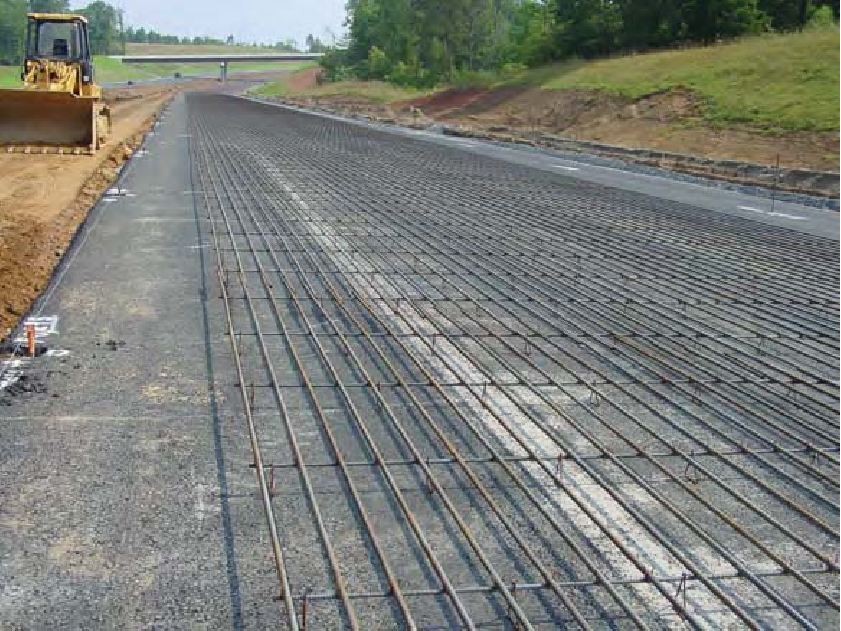
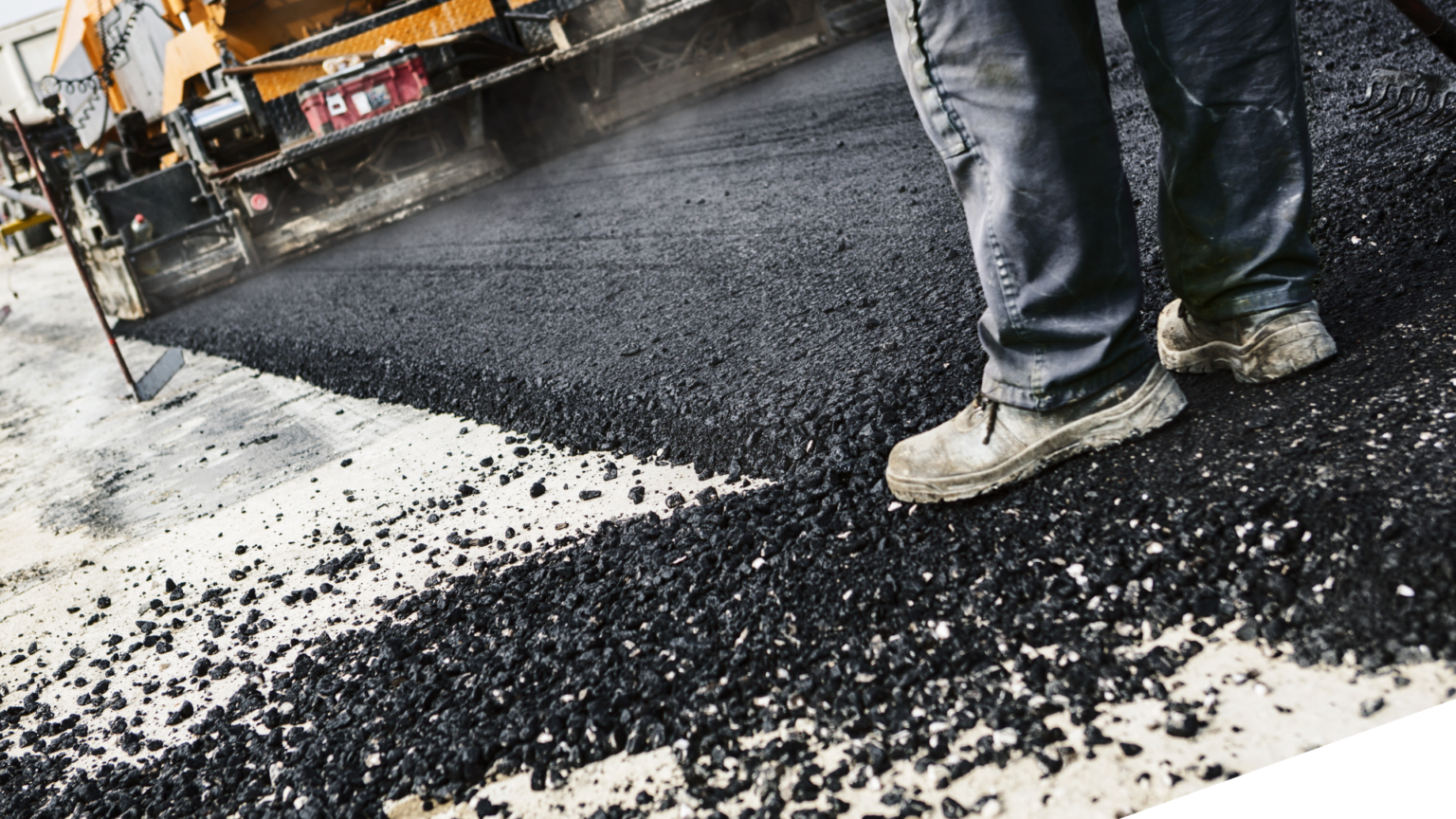
By using a GFRP rebar mesh to reinforce the asphalt pavement you are considerably increasing the horizontal tensile strength of the coating and distributing the load over a larger area – this prolongs the lifespan of the road and avoid the appearance potholes and cracks.
Using GFRP composite mesh combined with asphalt coating has been used for more than 20 years all over the world. This method gives a threefold increase in the service life of asphalt pavement and provides a significant economic saving in road maintenance.
Marine and coastal structures
GFRP rebar is especially well suited for the construction of port and offshore structures.
Port facilities are mostly built using reinforced concrete structures, however, since all these structures are located in or near salt water unavoidable corrosion of the steel used in the construction will always be a problem.
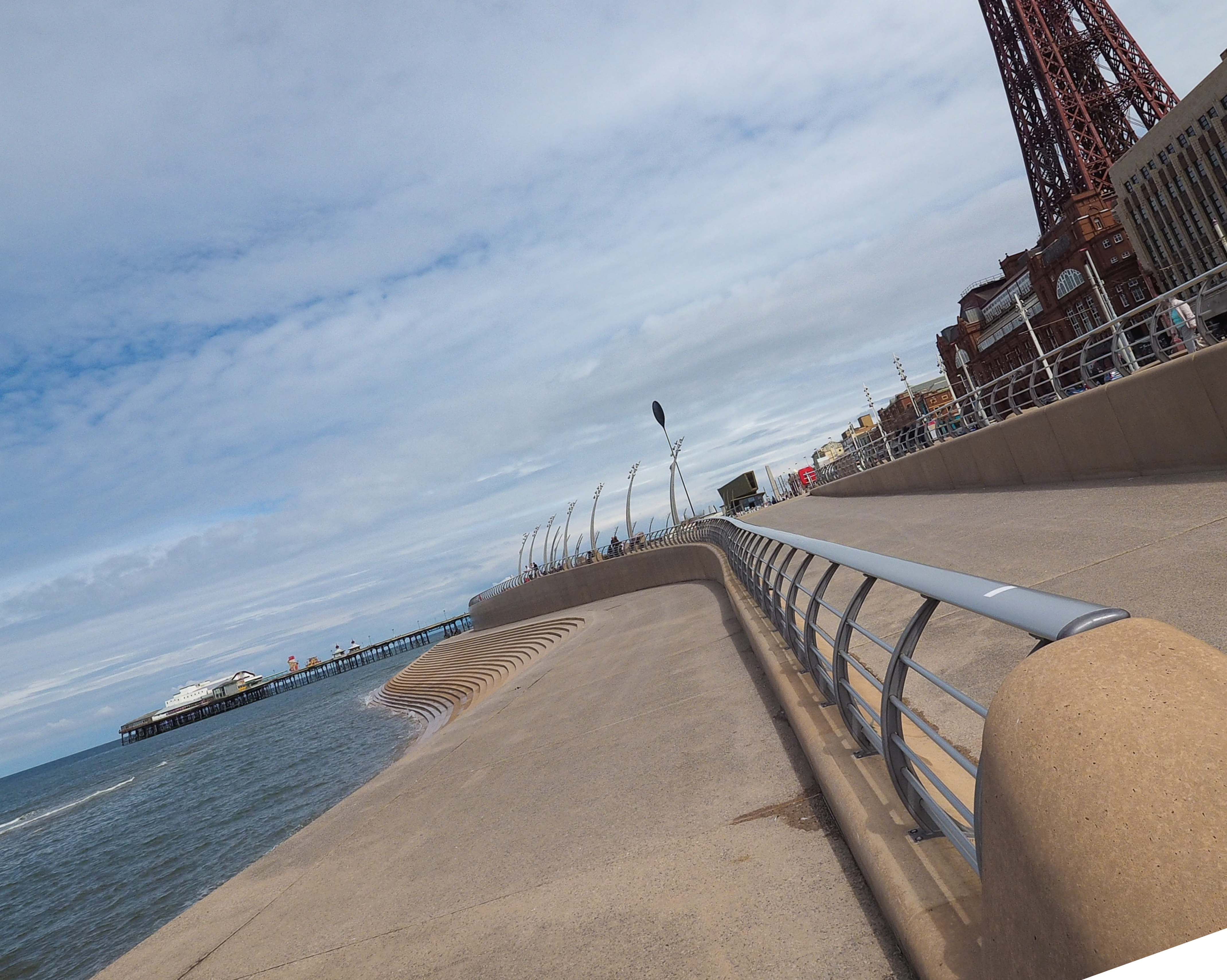
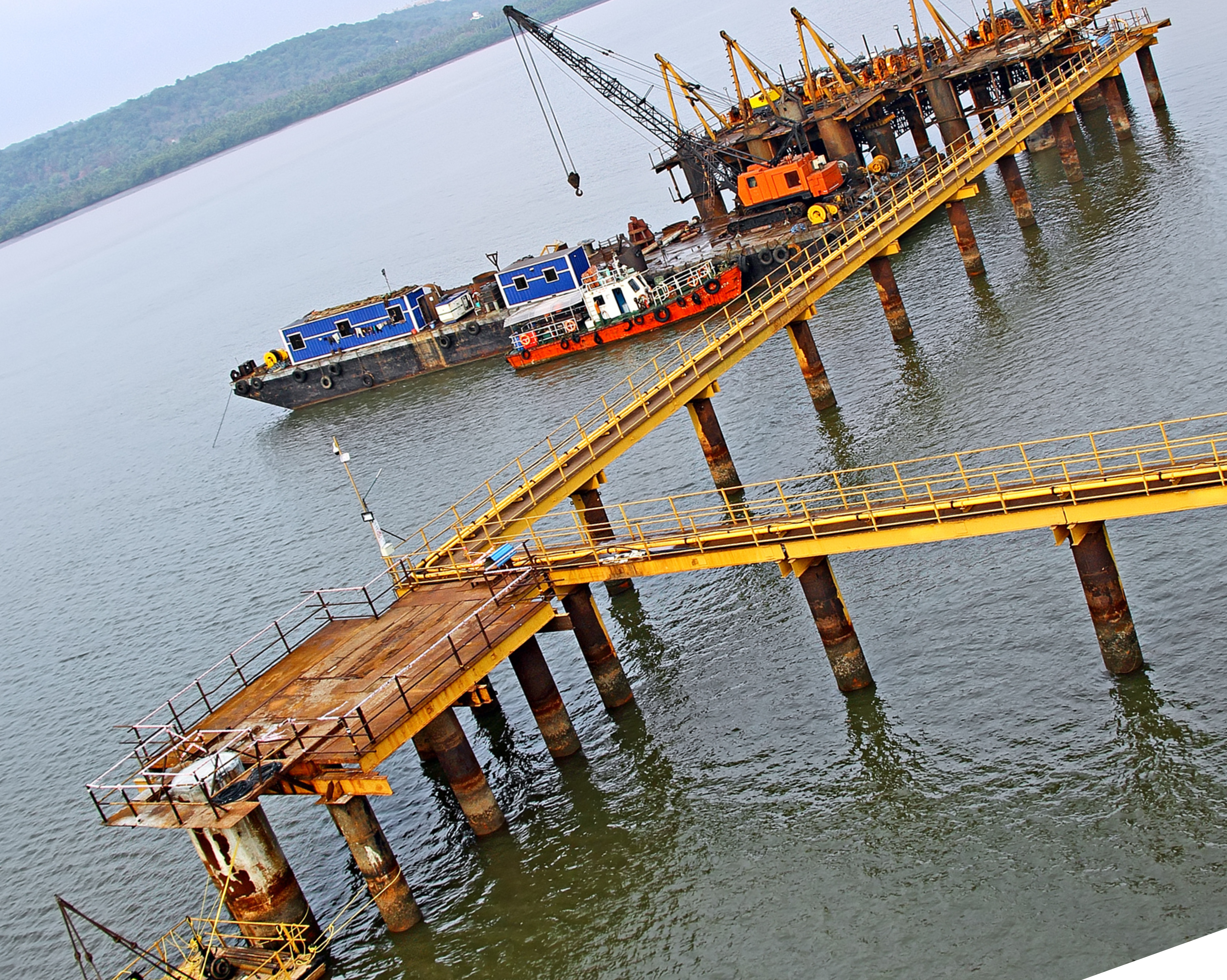
When choosing GFRP as the material for the reinforcement the problem disappears. GFRP’s resistance to corrosion allows you to extend the lifespan of the structures and significantly save on costly future repairs.
Pontoons made with GFRP last longer, withstand higher loads and does not require special care. The low weight of the GFRP increases buoyancy by decreasing the weight of the overall structure.

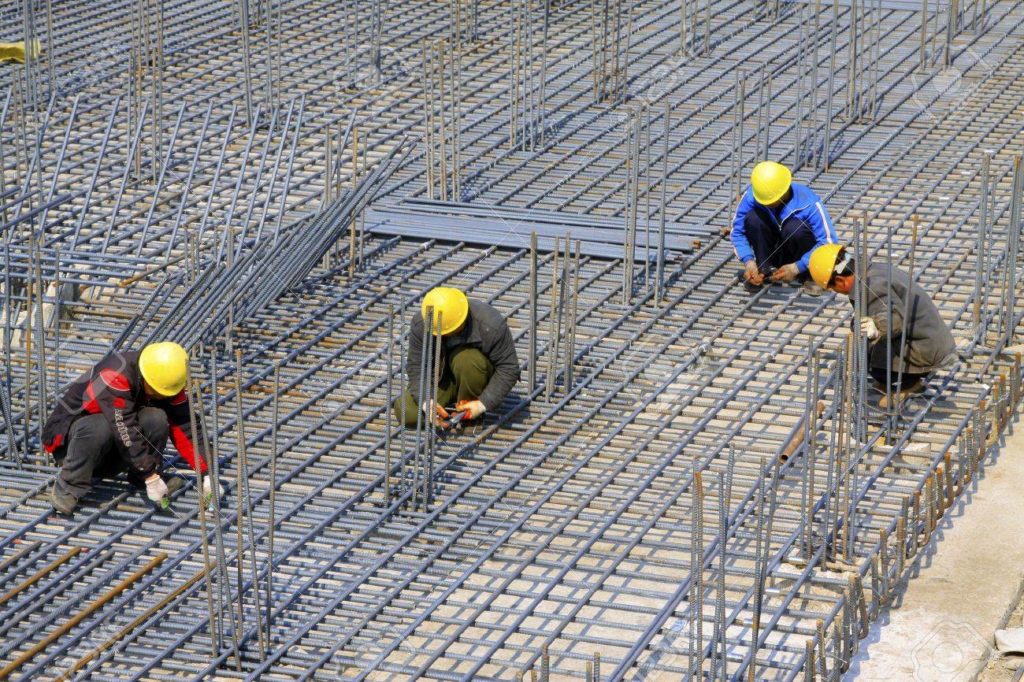
Considering that GFRP rebar does not corrode or deteriorate due to salt makes it the optimum material to use for the construction of housing in coastal and marine areas and in areas where the ground is salty or where the sand used for the actual construction is contaminated with salt.
Housing in coastal areas
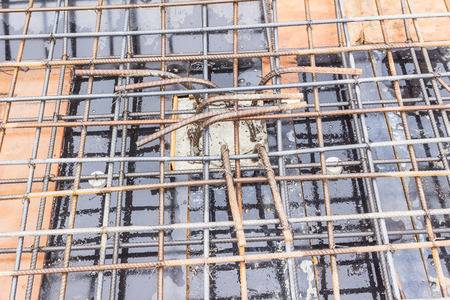
Bridges
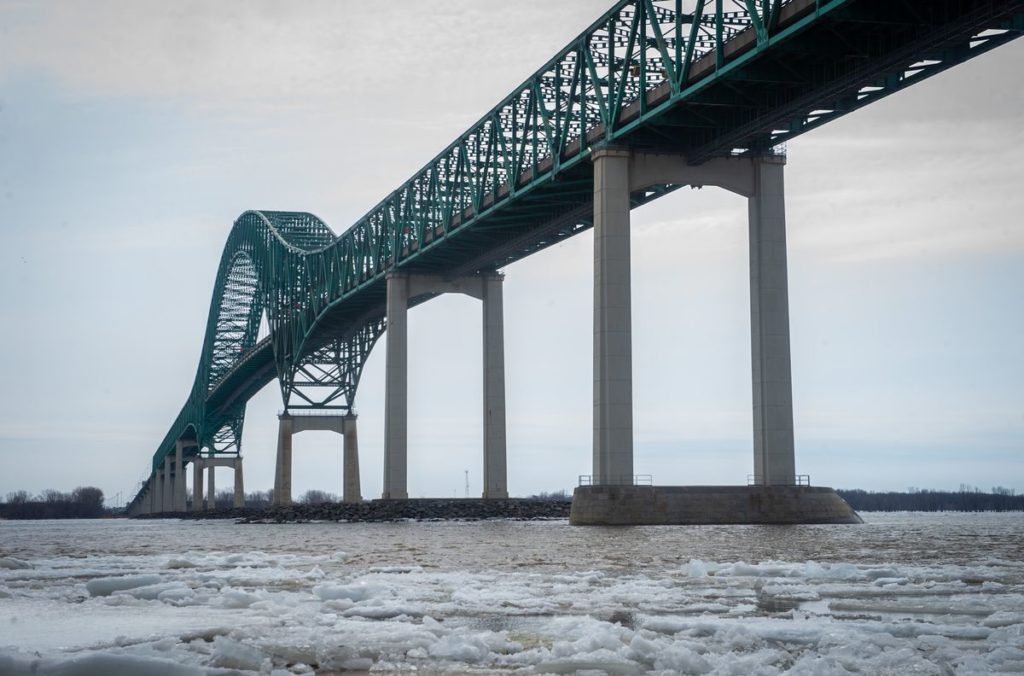
The possibilities for unwanted deterioration of bridge decks is a key issue in the field of bridge construction.
Bridge decks are subject to heavy wear and tear due impacts of weather and climate, heavy loads as well as increased traffic. The main problem is caused when cracks occur in the surface and the reinforcement is starting to corrode.
By replacing steel rebar with GFRP rebar the corrosion is prevented. The GFRP rebar has repeatedly been used very successfully and is a well proven material used for the reinforcement of concrete decks and other bridge structures.
The use of a composite reinforcement for reinforcement of bridge decks, extends the life of the deck and allows you to save a lot of money.
Power stations and electric poles
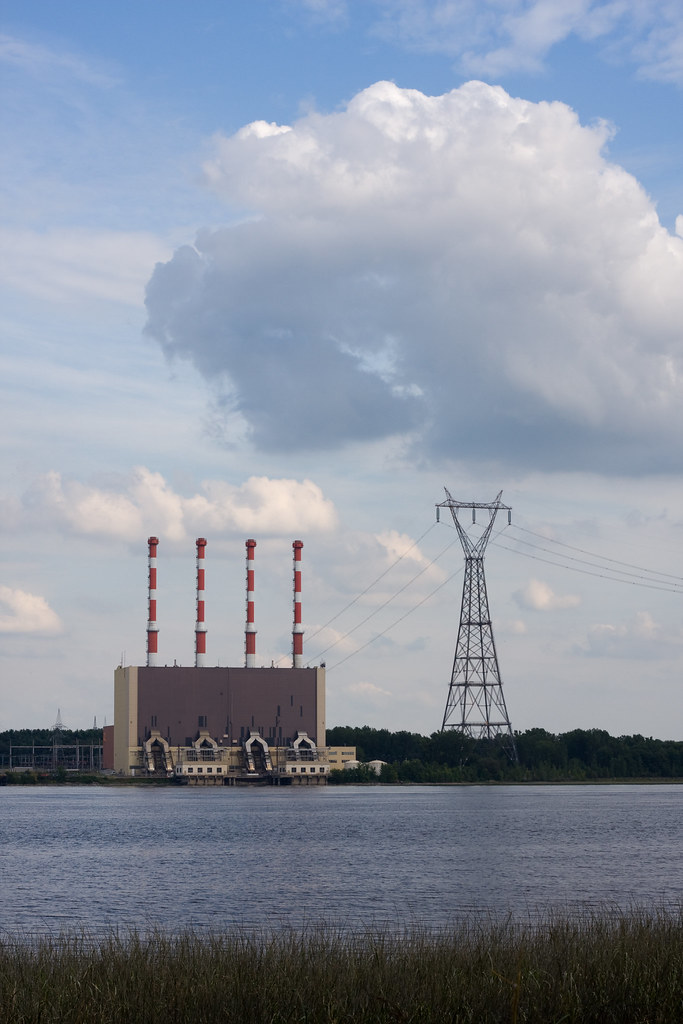

The inability of GFRP rebar to conduct electricity makes it the ideal material to use as reinforcement in electrical poles and for construction of power plants and other buildings used for housing high and low voltage electric appliances.
